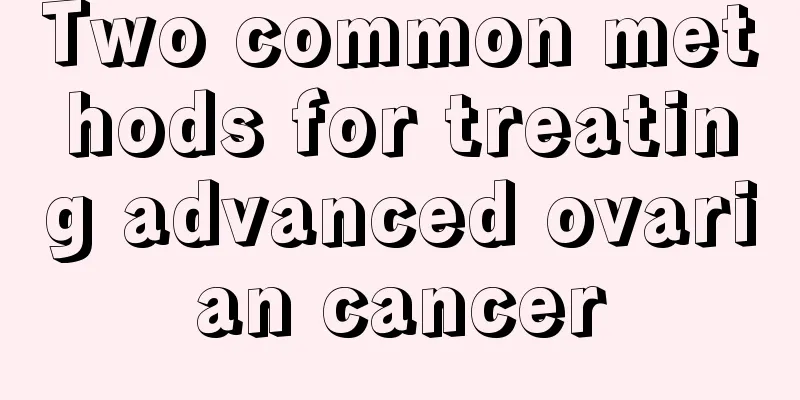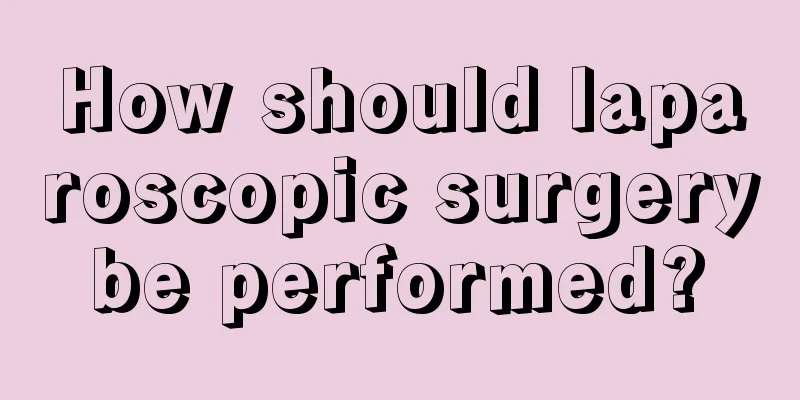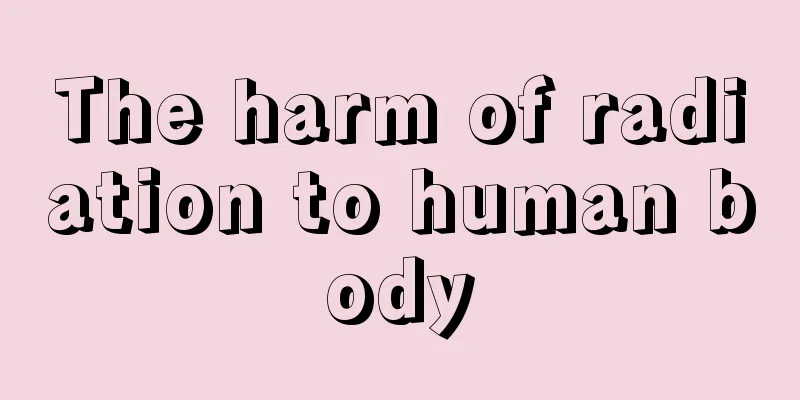Bulbous nose inheritance

|
Everyone wants to have a high nose bridge and a small nose tip, but some people have a garlic nose. Garlic is thin on top and fat on the bottom, so I believe everyone is familiar with the shape of the garlic nose. Some people with this kind of garlic nose will have plastic surgery to make it look better, but whether the garlic nose is hereditary depends on the structure of the gene chain. Plastic surgery method 1. Soft tissue resection of the nose tip: In case of excessive soft tissue at the tip of the nose, a transverse incision or "V" incision is used to remove the excess soft tissue. 2. Alar cartilage retraction and suture: Use a transverse incision or "V" incision on the columella to expose the alar cartilages on both sides and retract and suture the alar cartilages. People commonly call this type of nose a "garlic nose". The reason is that the skin is thicker, the subcutaneous tissue is abundant, and the cartilage scaffold is thickened and tends to bulge outward. Correction of a thick nasal tip is called a tipreductlon and is the most challenging procedure to perform. The surgery is performed through a marginal incision or an intercartilaginous incision. The alar cartilage and lateral nasal cartilage are fully exposed and freed, and the fibrous fatty tissue in each part is evenly cut off. Resect 1/2-2/3 of the cartilage side of the alar, rotate the lateral crus medially and cranially, and the alar adduction can be seen. Make intermittent cuts in the cartilage at the dome of the alar cartilage, but do not cut it off. If the reinforced nostrils or the transverse nostrils cannot be turned into longitudinal ones, a wedge-shaped resection is performed at the base of the nose wing; if the nose tip is not high enough, the cut cartilage can be padded on the surface of the dome to raise the nose tip. Tip cosmetic surgery is just like rhinoplasty: complex, varied, subtle and delicate. Tianda requires cosmetic surgeons to have a deep understanding of the aesthetics of the nose. In addition, it is best to have some special surgical instruments, such as special scissors, tweezers, retractors, etc. Postoperative Care 1. Postoperative pain care. After bulbous rhinoplasty surgery, swelling of the eyes and nose often occurs within 24 hours. Try not to take painkillers after surgery, as they can aggravate bleeding at the surgical site. 2. In the short period after the operation, due to the swelling of the organs and the bandage of the nose, it is very difficult to breathe only through the nostrils. After surgery, patients should try to breathe through their mouth. Since the mouth, nose and eyes are connected to each other, eye pain may occur within one week after the operation. Generally speaking, the swelling will subside after two weeks. 3. The bandaging of the nose after surgery is very complicated. The inside of the nasal cavity must be bandaged, and in special cases, a splint is used for fixation. 4. After the operation, the patient should try to sneeze less and breathe through the mouth as much as possible. Because the nasal cavity will be stuffed with a lot of gauze, cotton, etc. after the operation, these things may be sprayed out when you sneeze. |
<<: Genetic patterns of migraine
>>: Is broken palm hereditary?
Recommend
How to improve pregnancy rate
Many couples who want to have children always fai...
Is an empty sella life-threatening?
In recent years, the incidence of empty sella has...
What are the methods and contents of pupil observation?
The pupil is very important to the human body. If...
What are the preventive measures for pancreatic cancer?
What are the prevention methods for pancreatic ca...
Wrist pain and finger numbness
Fingers can be said to be the extremities of our ...
How to treat low sperm motility?
Some male friends may experience low sperm motili...
Treatment methods for esophageal cancer in the elderly
We all know the symptoms of esophageal cancer. It...
Feet sweating while lying in bed in winter
The weather is relatively cold in winter. General...
Rinse the nasal cavity with saline solution
When it comes to normal saline, most people are v...
What to do if your skin becomes itchy after sun exposure
People who work or play in the hottest days must ...
What are the benefits of handmade breast milk soap
Breast milk is a natural nutritional supplement w...
Which is better, brisk walking or jogging
Brisk walking and jogging are both forms of exerc...
Why do I have a headache after a nosebleed?
There are many reasons for nosebleeds, including ...
What are the symptoms of urinary tract infection and what are the obvious characteristics
When a urinary tract infection occurs, the patien...
26 ways to live longer!
How can we live longer? This is a topic that huma...









